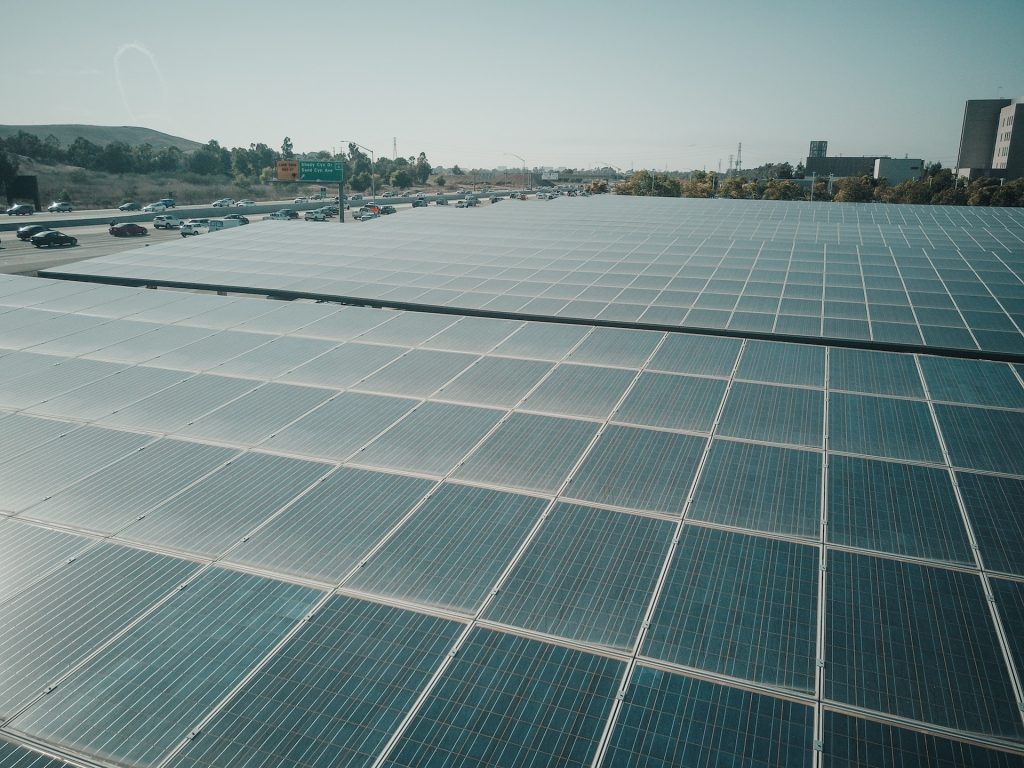Choosing to go solar in San Diego is a great way to save money on electricity. It also helps to be environmentally friendly. Many homes in San Diego are now using solar power.
Cost
Getting a solar panel system in San Diego, California is a great way to help the environment while saving a ton of money. The cost of getting a system installed in the city has decreased in recent years, making it one of the most cost-effective cities in the country.
There are several ways to finance the installation of a solar system. You can buy the system outright, or you can opt for a solar lease from a solar provider. You can also opt for a loan from a bank or credit union.
The actual cost of installing a solar panel system will vary depending on your location, size of the home and other factors. The federal tax credit for going solar can cut your costs by 26%. However, you can only claim the credit if you qualify.
Leasing vs. PPA
Among the choices you have when it comes to getting a solar system installed on your San Diego property is the choice between a lease and a PPA. These two options are largely interchangeable, but there are some differences that make them distinct.
A lease is a contract between a homeowner and a solar lease company where the owner pays a fixed amount every month to use the solar equipment in exchange for a rebate. Compared to financing, a solar PPA is a good option for non-profits or anyone with poor credit.
A PPA is not only cheaper, it also gives you the option to own the system after five years. In fact, you may even save money over the course of your 25 year contract.
A PPA is a great way to get a solar energy system for your San Diego home. These types of contracts generally have no down payment and a fixed payment for up to 12 years.
Distributed Energy Resources
Developing distributed energy resources is a key element of meeting California’s SB100 climate goals. According to a recent Stanford University study, a targeted DER infrastructure could lower net electricity costs by as much as 50 percent.
The California Public Utilities Commission is encouraging utilities to invest in these technologies. The Commission has a Self-Generation Incentive Program that incentivizes renewable energy and storage. A number of states have similar policies.
One way that the CPUC will address distributed energy resources is through the Partnership Pilot. This project will provide a roadmap for deploying a large number of microgrids throughout the region. It will also include 300 charging stations for electric vehicles. The project will provide access to EV charging stations, as well as emergency power during power outages.
Another benefit of this project is that it will help San Diego avoid rolling blackouts. If the power goes out, the battery storage will keep the critical community facilities on. This can save millions of dollars over a 25-year period. The project will also reduce greenhouse gas emissions.
Wildfires
Throughout this past summer, California has experienced record-breaking wildfires. As a result, regulators and energy suppliers are attempting to balance the state’s power supply to avoid rolling blackouts. In addition to the fires, climate change has exacerbated dry conditions and increased temperatures. Moreover, the state’s power grid is becoming more susceptible to damage from fires.
As a result, utilities are working to improve their infrastructure and reduce the risk of wildfires. For example, San Diego Gas & Electric has been a leading industry pioneer in wildfire safety for the last decade. This has involved implementing a comprehensive fire safety plan and replacing wood poles with steel ones. This effort also includes increasing tree clearances and installing thicker wires.
Additionally, SDG&E has been investing in a number of clean technology initiatives that will help it reach its goals of zero-emission transportation and reduce carbon pollution. These include building the largest utility-owned weather monitoring network in the United States. It also includes satellite remote sensing capabilities and cameras to measure vegetation and moisture content in brush.
Power outages
During the first week of May, a number of cities in California experienced power outages. Aside from the obvious heat and humidity, several natural gas plants and hydroelectric power plants were shuttered in the state. The electricity grid is aging and is no longer able to meet customer demand.
The Department of Energy estimates that a yearly power outage costs the United States economy about $150 billion. This number is staggering. However, the actual impact of outages on the business sector isn’t clear.
A recent Stanford study estimated that a blackout on October 7, 2019 could have cost small businesses about $2.4 billion. In other words, the best thing to do is to keep your cell towers powered during the outage.
The gimmick most likely to be associated with the power outage is the Tesla Powerwall, an all-in-one uninterruptable power supply. The technology uses solar power to produce and store power. The electricity can then be dispatched into the state’s grid.

